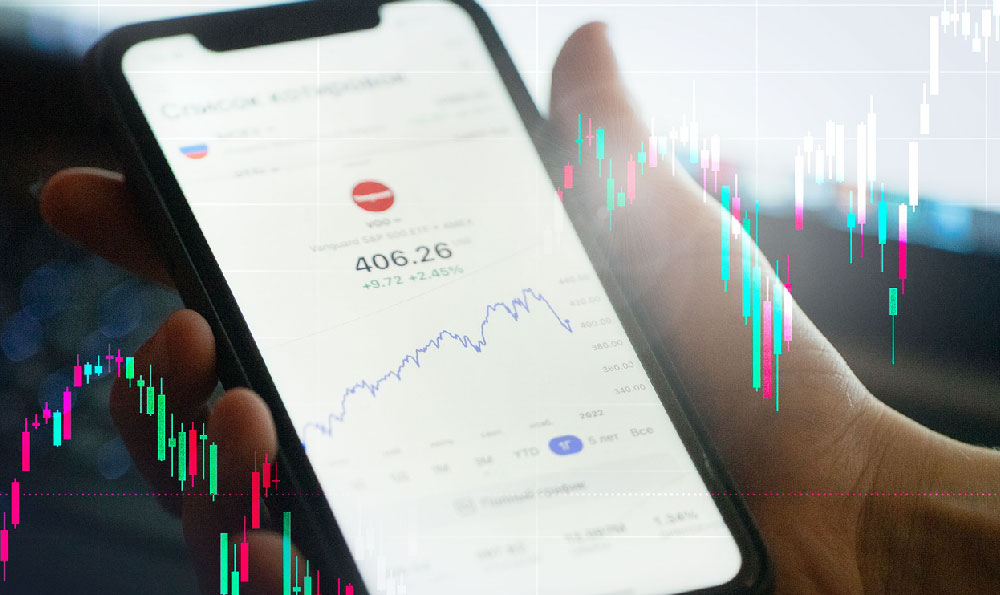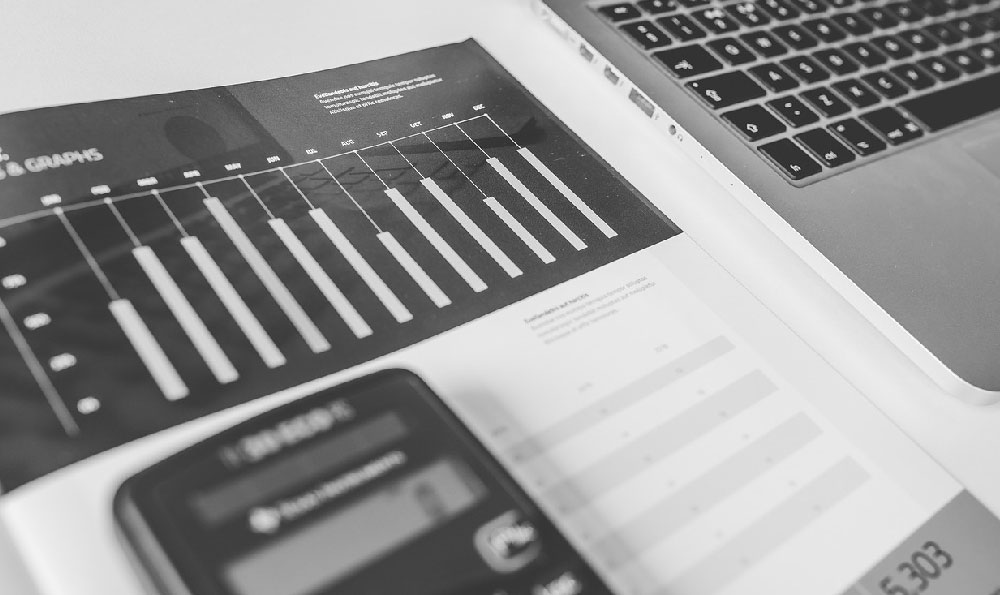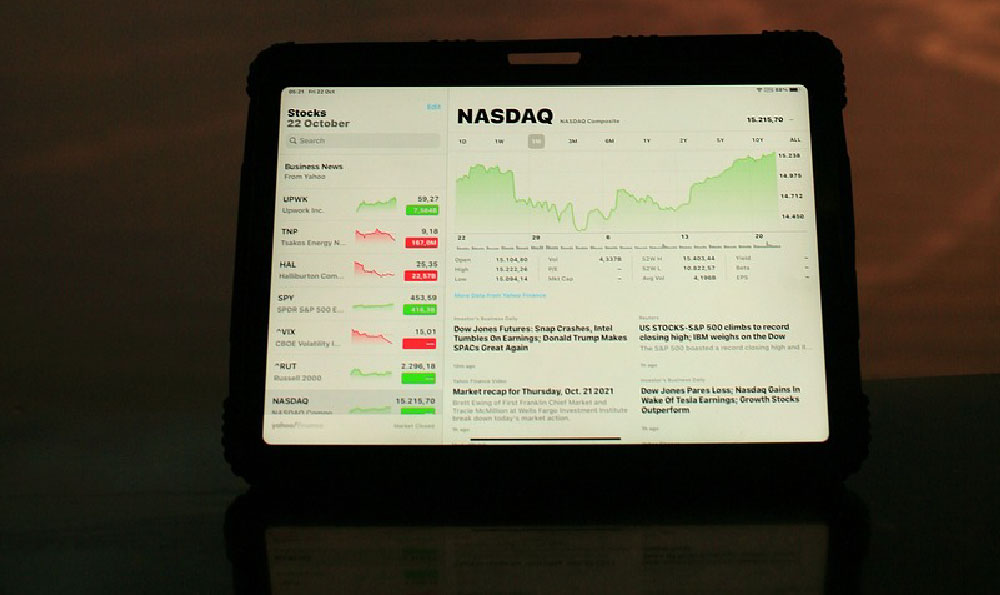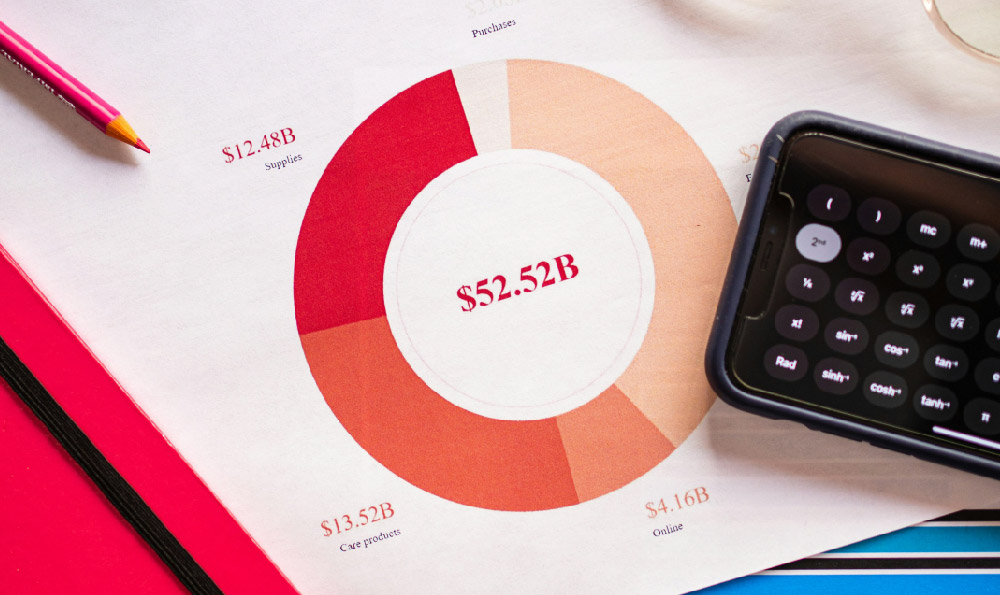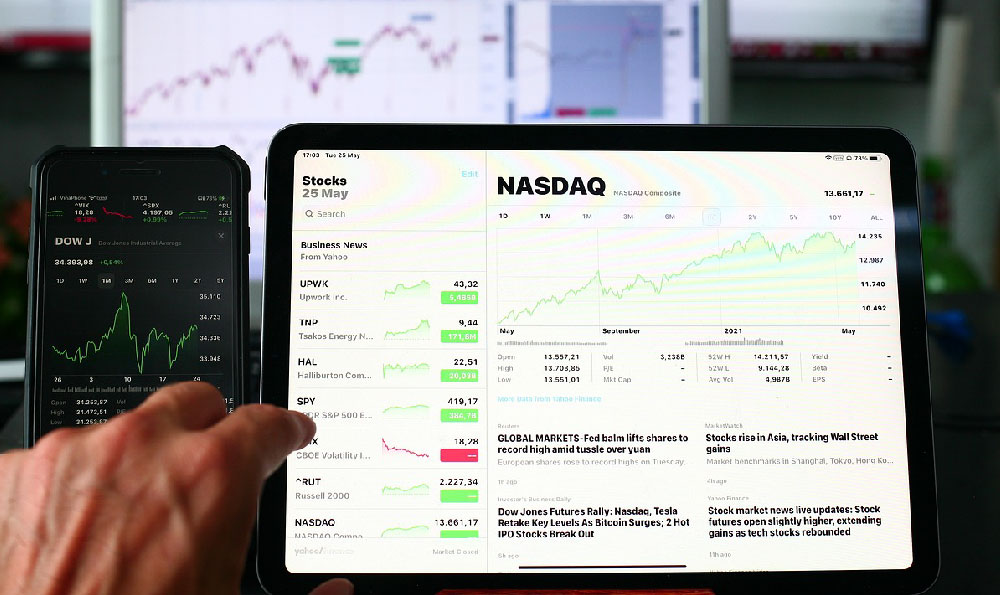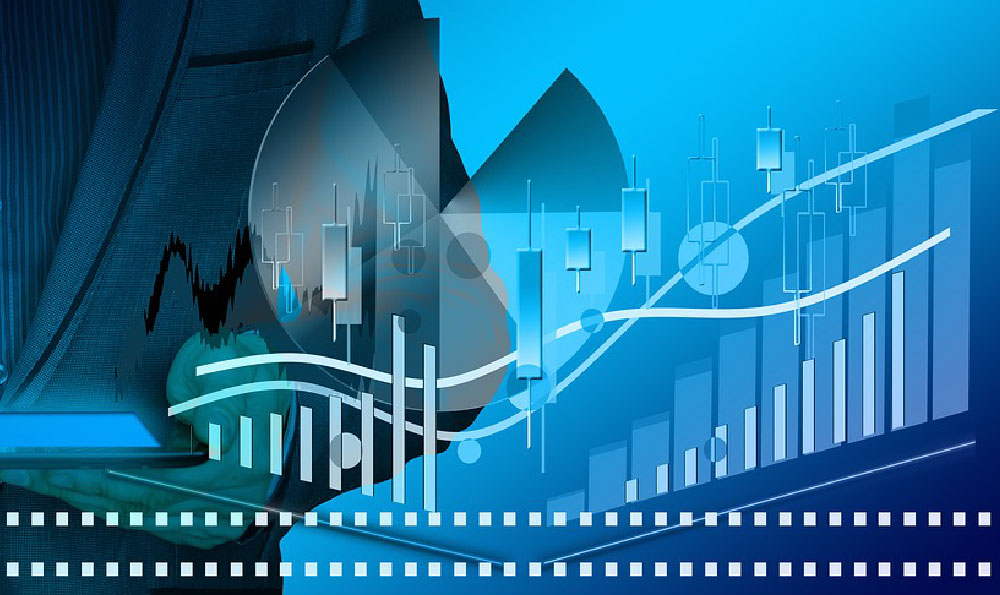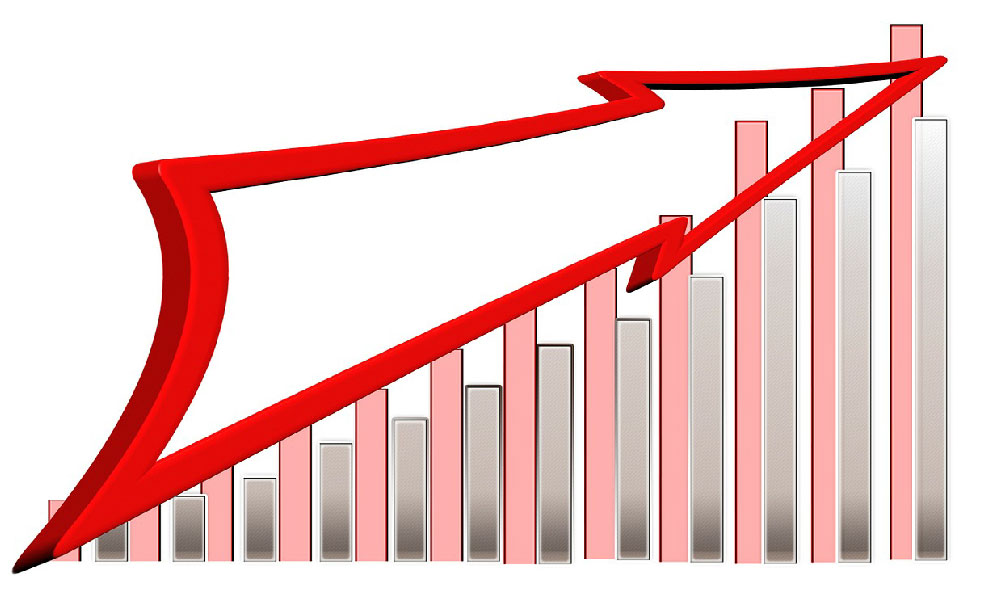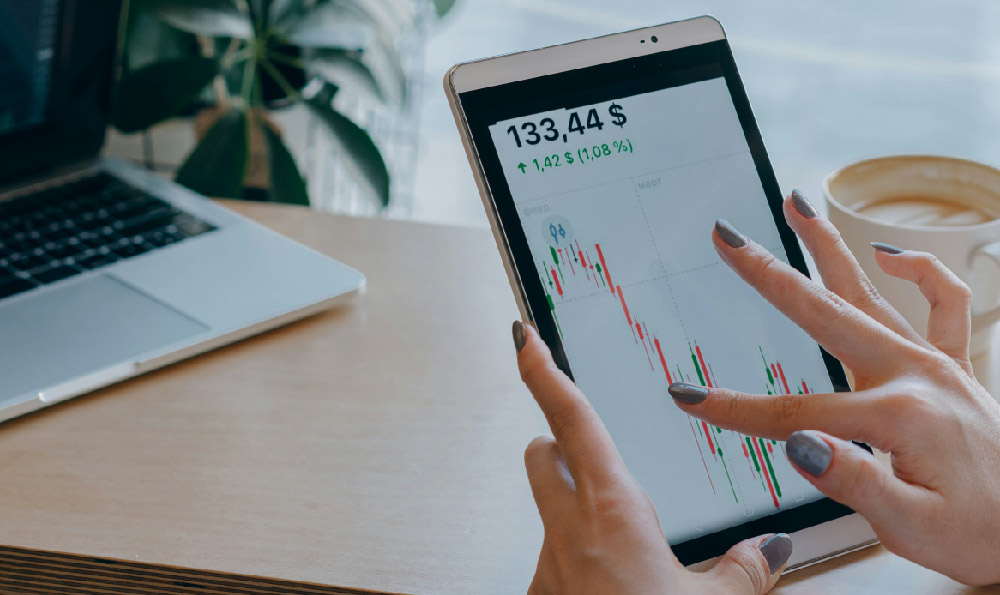Upside, like many modern fintech platforms, generates revenue through a multifaceted approach. Understanding these revenue streams and their inherent sustainability is crucial to evaluating the long-term viability of the company. Its primary revenue source, and perhaps the most readily apparent, is through partnerships with retailers and brands. Upside operates as a middleman, connecting consumers with personalized cashback offers at participating businesses. When a user activates an offer through the Upside app and makes a qualifying purchase, Upside receives a commission from the retailer. This commission is a percentage of the amount the consumer spent.
The economic logic driving this model is compelling for all parties involved. Retailers benefit from increased foot traffic and sales as Upside incentivizes consumers to choose their businesses over competitors. Upside provides a marketing channel that is performance-based, meaning retailers only pay when a sale actually occurs. Consumers, in turn, receive cash back on their purchases, effectively lowering the price they pay for goods and services. Upside captures a portion of the incremental revenue generated by this process, creating a win-win-win scenario. The amount of commission that Upside collects can vary depending on the partnership agreement, the volume of transactions, and the specific terms negotiated with each retailer. Higher transaction volumes and strong bargaining power allow Upside to command more favorable commission rates.
A significant aspect of Upside's value proposition is its focus on attribution. Traditional advertising methods often struggle to accurately measure the impact of marketing spend. Upside, however, can directly attribute sales to its platform. They use sophisticated tracking mechanisms to connect offers activated in the app to actual transactions at the point of sale. This granular data allows retailers to assess the return on investment (ROI) of their partnership with Upside and optimize their campaigns accordingly. The clarity of attribution is a major selling point for retailers, particularly those seeking data-driven marketing solutions.

Beyond direct commissions, Upside can potentially generate revenue through data analytics and insights. The platform collects a vast amount of data on consumer spending habits, preferences, and demographics. This data can be anonymized and aggregated to provide valuable insights to retailers and brands. For instance, Upside could provide reports on which types of customers are most likely to respond to certain offers, or which products are most popular in specific geographic areas. This type of data can help retailers refine their marketing strategies, optimize pricing, and improve their overall business performance. While Upside may not explicitly charge a fee for access to this data in all cases, the value it provides can strengthen its relationships with retailers and potentially lead to higher commission rates or other forms of compensation.
Another avenue for potential revenue generation is through premium features or subscription models. Upside could introduce a premium version of its app that offers users enhanced cashback rates, exclusive deals, or other benefits. This subscription model could appeal to frequent users who are looking to maximize their savings. Alternatively, Upside could offer premium services to retailers, such as enhanced data analytics dashboards, advanced targeting capabilities, or personalized customer support. These premium services could generate incremental revenue and further solidify Upside's position as a valuable partner to retailers.
Now, considering the sustainability of these revenue streams, several factors come into play. The reliance on retailer partnerships is both a strength and a potential weakness. The strength lies in the mutual benefit provided to retailers and consumers. As long as Upside continues to drive incremental sales for retailers and provide meaningful savings to consumers, the partnerships are likely to endure. However, the dependence on these partnerships also exposes Upside to certain risks. If retailers become dissatisfied with the performance of the platform, or if they find alternative marketing channels that offer a better ROI, they may choose to discontinue their partnerships. Competition from other cashback apps and marketing platforms is another key factor to consider. The market for cashback apps is becoming increasingly crowded, and Upside needs to differentiate itself to maintain its competitive edge. This could involve offering higher cashback rates, providing a better user experience, or developing unique features that other platforms lack.
The success of Upside's data analytics offerings depends on its ability to collect and analyze data in a privacy-compliant and ethical manner. Consumers are becoming increasingly concerned about data privacy, and Upside needs to ensure that it is handling their data responsibly. Any breaches of data privacy or unethical data practices could damage Upside's reputation and lead to a loss of user trust.
The potential for premium features and subscription models is promising, but it depends on Upside's ability to create compelling offerings that justify the additional cost. Users are unlikely to pay for a premium version of the app unless it provides significant value beyond the basic cashback functionality.
Ultimately, the sustainability of Upside's revenue streams depends on its ability to continuously innovate, adapt to changing market conditions, and maintain strong relationships with both retailers and consumers. A focus on data privacy, ethical business practices, and delivering tangible value to all stakeholders will be crucial to its long-term success. They must carefully manage the commission rates it charges to retailers to remain competitive while maintaining profitability. Investing in technology and talent to improve the user experience and enhance the platform's capabilities will also be essential. By focusing on these key areas, Upside can position itself for continued growth and success in the evolving landscape of fintech and retail.


